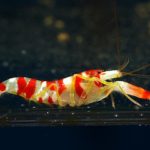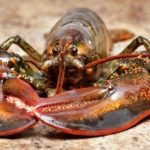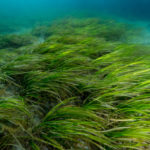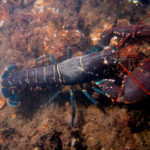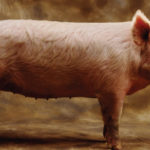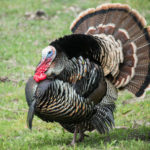Shrimps
 Shrimps are crustaceans that are widely distributed around the world. They occur both in saline and freshwater reservoirs, both in the wild and on special farms. In our country shrimps are most common in the seas of the Far East, where more than 100 species are found.
Shrimps are crustaceans that are widely distributed around the world. They occur both in saline and freshwater reservoirs, both in the wild and on special farms. In our country shrimps are most common in the seas of the Far East, where more than 100 species are found.
Shrimp, which grow in the wild, feed on algae and crustaceans. Due to this they have a more saturated flavor and strong shells, as well as more dense meat because they spend more time on the move. Among the environmental hazards associated with the capture of wild shrimp, called a large number of by-catch, with the network often fall and turtles. On the other hand, farms that grow shrimp in warm waters consume a huge amount of food, and destroy coral reefs and mangrove swamps.
The largest shrimp in the world is black tiger. Representatives of this species reach 36 centimeters in length and weight of 650 grams! As a rule, females weigh more than males.
Shrimp – low-calorie product, extremely rich in calcium and protein, and easy to digest. It can often be read that shrimps contain a lot of cholesterol, and this is true – but the substances that cause cholesterol levels rise in the blood are almost not contained.
Surprisingly, not everyone knows that frozen prawns are most often sold already boiled. Such shrimps are usually marked “in / m” (boiled-frozen) and shell of orange or red, and require no repeated boiling, but only defrosting and, if necessary, warm-up. Another useful label on the package looks like “70/90”, and means that in kilograms there will be 70 to 90 of these shrimp. But be careful! If you buy already-peeled shrimp, marking “26/30” will mean that such shrimp from 26 to 30 in … one pound (454 g). The confusion is superb.
Some shrimps have a very thin or soft shell, but this only means that they were collected almost immediately after molting. The shrimps are constantly shedding, changing the tightly carapace to a more spacious one, and those shrimps that live in warm tropical waters and reach large sizes do this especially often.
Shrimp managed to win a very prominent place in the oral and written works. So, for example, in English, the analog of our “when the cancer on the mountain whistles” is the expression “when shrimps learn to whistle”. About our forgotten “kremdko” ya really do not say.
The English language is associated with another shrimp incident, namely the simultaneous use of the words prawn and shrimp as a symbol of the heroes of our story. A common opinion about which of these words is “more correct”, and what is the difference, no. Interested people can get acquainted with the extensive material about the etymology of these words, the rest is enough to know that both means “shrimp”, and in the menu of restaurants shrimp, as a rule, refers to smaller shrimps, and prawn – to larger ones.
Another victim of the dual use of shrimp names is the word scampi. On the one hand, this Italian word means simply “shrimp”; on the other hand, it can also be called a shrimp dish made with wine, butter, garlic and lemon juice.
Shrimp are popular all over the world, and if you talk about the excursion into history, then there will not be no Greeks with the Romans and Apis, about which you already read in the article about culinary books of antiquity. The last, living, if you believe the legend, in the city of Minturno, that on the river Liris, was very eager for local shrimp, which were larger than shrimp from Smyrna (modern Izmir, Turkey) and even Alexandrian lobsters. Pliny the Younger, in turn, was proud of the excellent shrimp produced in the sea next to his villa Lavrentinum. It is noteworthy that antique cooks often fried or baked shrimp, and did not cook them.



